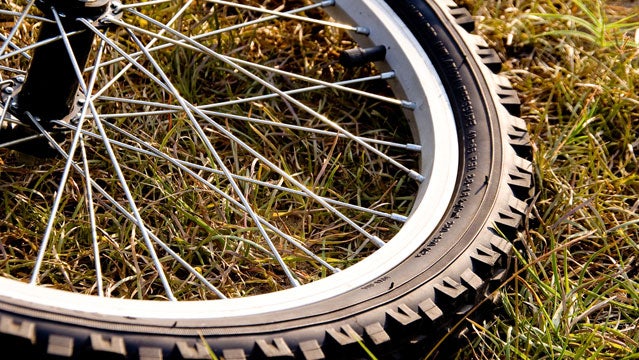Twenty-six-inch wheels have traditionally been the standard for mountain bikes, but 29ers have become so good at what they do that, though we tested a bunch of 26ers, not a single one made the final cut. Now there’s a third choice, as the 650B wheel (a.k.a. 27 or 27.5), a decades-old standard falling between 26 and 29, is the hot size. While each size has its pros and cons, we can say one thing for sure: 650Bs are here to stay.
 Comparing wheel sizes: 1. Acceleration 2. Traction 3. Rollover
Comparing wheel sizes: 1. Acceleration 2. Traction 3. RolloverThe Case For Smaller
Twenty-six-inch wheels are lighter, more maneuverable, and more durable than bigger hoops, and they accelerate faster. They remain the standard for downhill riding and bike parks, where quick handling and jumping are key. That could change with 650Bs, which are nearly as sturdy and deft as 26ers. “We’ve been experimenting with bigger wheels,” says World Cup downhill champ Aaron Gwin, “and we’re seeing performance gains.”
But Maybe Bigger Is Better?
The advantages of bigger wheels include a larger tire-contact patch for better traction and improved rollover. But 29ers can feel big and heavy, and the geometries can be clumsy, especially when incorporated into longer-travel, full-suspension designs. The 650B has many of the benefits of a 29er, but the smaller circumference makes for crisper handling and greater durability.
The Takeaway
We tested three with identical specs except wheel diameter: the 29-inch 910, the 26-inch 10 (which, tellingly, Scott discontinued this year), and the ’tweener 700, which comes with 650B wheels. We rode them on a series of courses, from fast desert screamers to techy downhill runs. We measured consistent power input from ride to ride and found that finish times varied less than 10 percent across platforms. Our final word: the speed gains of any one size are negligible, but each has distinct handling characteristics. Choose the one that fits your riding style.


